This article was co-authored by Zora Degrandpre, ND. Dr. Zora Degrandpre is a Natural Health Doctor and Licensed Naturopathic Physician in Vancouver, Washington. She is a grant reviewer for the National Institutes of Health and the National Center for Complementary and Alternative Medicine. She received her ND from the National College of Natural Medicine in 2007.
There are 8 references cited in this article, which can be found at the bottom of the page.
This article has been viewed 71,350 times.
Toothaches are annoying and often painful, so you’ll probably want to relieve your pain any way you can. Fortunately, there are some simple ways to reduce the discomfort naturally from home. If the pain persists, however, then you should stop treatment at home and make an appointment with your dentist. It’s understandable if you want to avoid the trouble or expense of a dentist’s appointment, but prolonged tooth pain really does require professional treatment to prevent it from getting worse. You should only use the following remedies to relieve the pain until your appointment, and then follow the dentist’s treatment recommendations to make a full recovery.
Steps
Managing the Pain without Remedies
Sometimes, eating hard foods or grinding your teeth could cause minor tooth pain. In this case, you might not need any specific remedies to relieve the pain. You can just take a few simple steps to take pressure off the tooth while the area heals. If there was no underlying damage, then the pain should subside in a few days. If the pain hasn’t decreased at all after 2 days, then you should make an appointment with your dentist to make sure the tooth isn't damaged or infected.
-
1Brush very gently around the tooth. Sometimes you can cause tooth pain by simply brushing too hard. Use a very light touch around the painful area for a few days and see if the pain subsides.[1]
- In general, you should always use a soft-bristled toothbrush and a light touch when you brush your teeth. This prevents pain and tooth damage.
-
2Floss around the tooth to remove any stuck food. Food or other debris between your teeth can cause pain. Try flossing around the painful area to see if anything is stuck. Once that’s gone, the pain should subside in a few hours.[2]
- Stuck food sometimes causes inflammation, so you might bleed a little while you floss. Rinse your mouth out with some warm saltwater if this happens.
Advertisement -
3Eat soft foods until the pain subsides. If you bit into something hard, this could cause a minor toothache. Try eating softer foods like oatmeal, pudding, or mashed potatoes to take pressure of the painful area.[3]
- This will also help you manage the pain from an infection or inflammation until you can see the dentist.
-
4Chew on the other side of your mouth. This also takes pressure away from your tooth and gives it time to heal.[4]
Pain-Relieving Remedies
Some tooth pain comes from an infection, inflammation, or damage of some kind. This pain probably won’t go away on its own and you need to see your dentist for proper treatment. While you wait for an appointment, you can try some home remedies to relieve the pain. Keep in mind that all of these remedies are only temporary fixes. They don’t treat the underlying causes of the problem; rather, they just reduce the pain and discomfort until you can see your dentist. The dentist will then recommend the next steps for your treatment.
-
1Rinse your mouth with warm saltwater. Dissolve a few spoonfuls of salt in a glass of warm water and swish it around the painful area. Make sure you spit all of the water out without swallowing it. This can kill bacteria and might relieve the pain.[5]
- Children under 7 shouldn’t rise with saltwater because they might swallow it.
-
2Press a cold compress against your cheek to numb the pain. This is a useful treatment if your tooth pain is from trauma or impact, like a sports injury. Hold the cold pack against your cheek for 20 minutes at a time to numb the pain.[6]
- Don’t leave cold packs on your skin for more than 20 minutes at a time. This could cause frostbite.
-
3Apply clove oil to the painful area. Clove oil can kill bacteria and also helps numb painful spots. Pour a bit onto a cotton swab and rub it around the painful tooth to see if it reduces your discomfort.
- You could also mix the oil in water and swish it around your mouth. Make sure you spit it all out without swallowing.
-
4Hold a peppermint teabag against the tooth. Peppermint tea has anti-inflammatory properties. Steep a bag in boiling water for 5 minutes, let it cool, then hold it against the painful area for 10-20 minutes.[7]
- Make sure you let the teabag cool down enough before using it or you could burn your mouth.
-
5Kill bacterial infections with fresh garlic. Garlic is naturally antibacterial and could help infections heal. Dice up some garlic and apply it to the painful area.[8]
- This will only treat the pain if you have an infection. Otherwise, it won’t have any effect.
- Brush and floss after a few hours to get rid of all the garlic pulp.
When to See Your Dentist
Home remedies for tooth pain are only meant to relieve your discomfort until you can see the dentist, not treat the underlying issue. If the tooth pain doesn’t go away, then you may have an infection or damage that requires professional treatment. If you experience the following symptoms, then you should make a dentist's appointment right away. Use home remedies to reduce the pain until your appointment, then follow the dentist’s treatment instructions.
-
1Make an appointment if your pain doesn’t subside in 2 days. Simple tooth discomfort that subsides within 2 days is nothing to worry about. However, pain that lasts longer might have an underlying issue. Call your dentist to make an appointment for further treatment.[9]
-
2See the dentist right away if you have signs of an infection. Gum or tooth infections could be serious, so you shouldn’t try to treat them at home. Make an appointment right away if you see signs of an infection, even if it’s been less than 2 days.[10]
- Common signs of an infection are redness and swelling in your gums, pus or discharge around the tooth, heat around the area, or a fever.
- Some more serious signs of an infection are pain or difficulty swallowing, or trouble breathing.
-
3Visit the dentist if you have a crack or chip in your tooth. Chips could get infected, so you should always see your dentist if your teeth get damaged. The dentist may want to place a cap or seal around the tooth to prevent infections.[11]
Medical Takeaways
Natural home remedies for toothaches can definitely relieve your pain and discomfort temporarily. However, it’s important to remember that these remedies don’t treat the underlying causes of the tooth pain, so it’s important to make a dentist’s appointment if the pain doesn’t go away. This way, you can receive the proper treatment and avoid any long-term damage to your teeth.
References
- ↑ https://myhealth.alberta.ca/Health/Pages/conditions.aspx?hwid=tooth
- ↑ https://www.healthychildren.org/English/health-issues/injuries-emergencies/Pages/Dental-Emergencies.aspx
- ↑ https://www.nhs.uk/conditions/toothache/
- ↑ https://www.nhs.uk/conditions/toothache/
- ↑ https://www.webmd.com/oral-health/home-remedies-toothache
- ↑ https://www.webmd.com/oral-health/home-remedies-toothache
- ↑ https://my.clevelandclinic.org/health/diseases/10957-toothache/management-and-treatment
- ↑ https://my.clevelandclinic.org/health/diseases/10957-toothache/management-and-treatment
- ↑ https://www.aae.org/patients/dental-symptoms/tooth-pain/
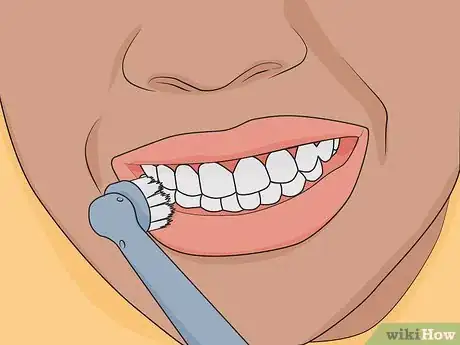
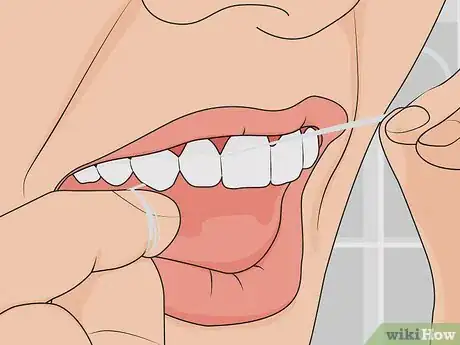

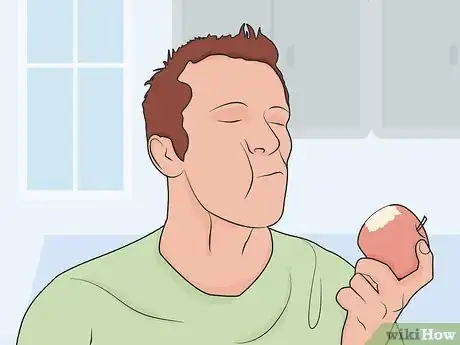

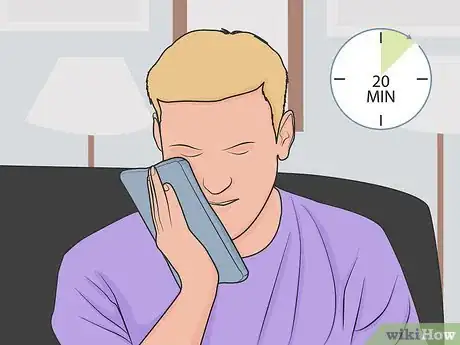
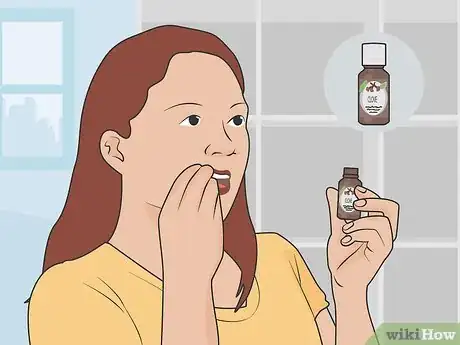
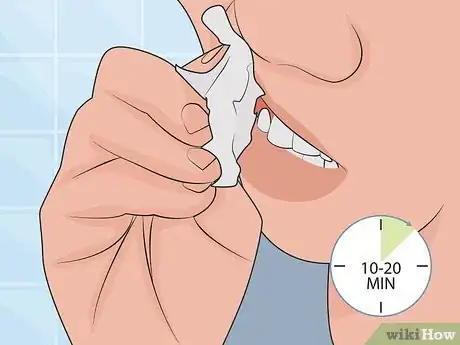
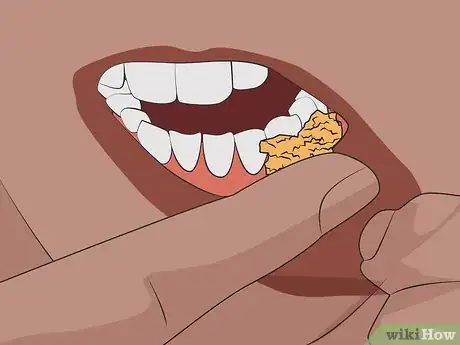
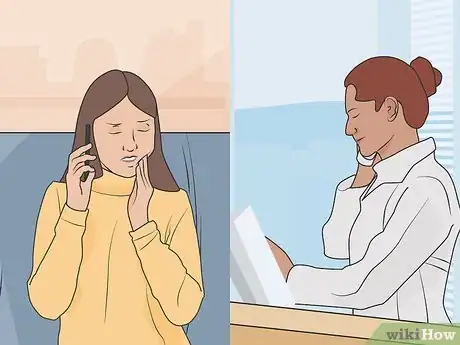
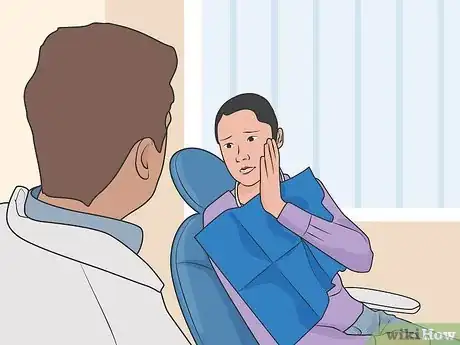
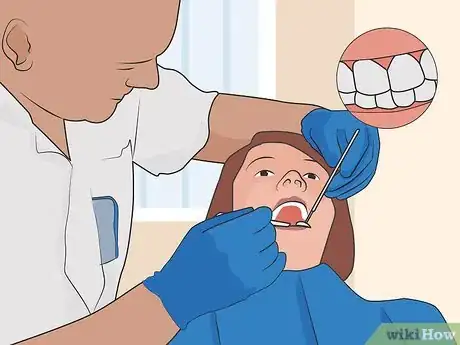
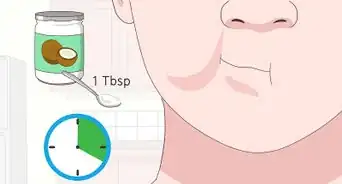

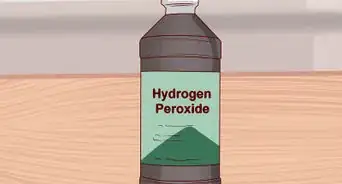
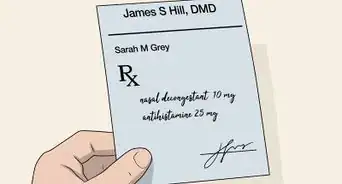

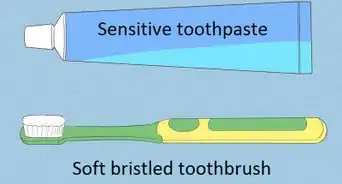
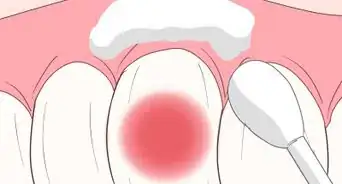

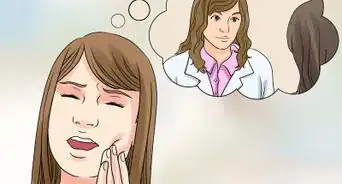
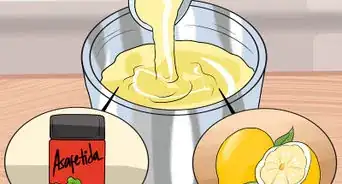



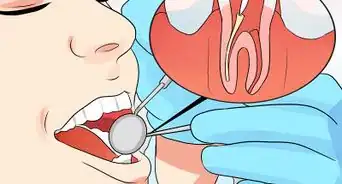








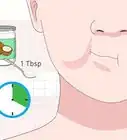
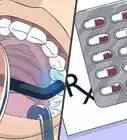

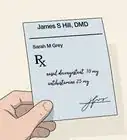



































Medical Disclaimer
The content of this article is not intended to be a substitute for professional medical advice, examination, diagnosis, or treatment. You should always contact your doctor or other qualified healthcare professional before starting, changing, or stopping any kind of health treatment.
Read More...